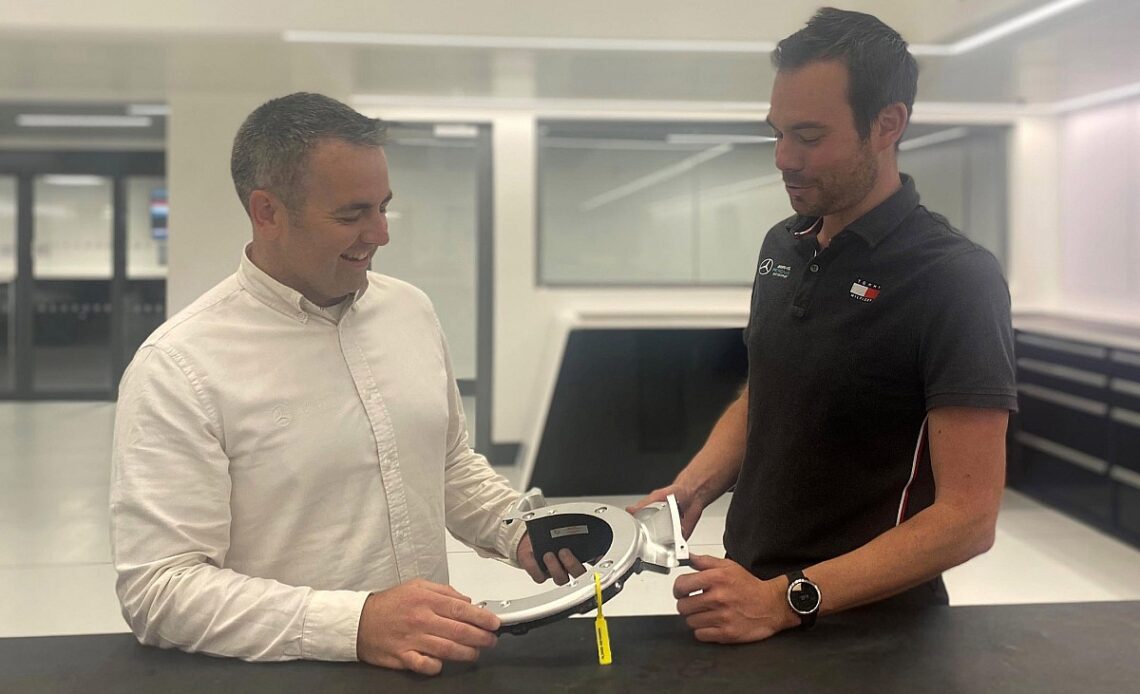Formula 1 design departments cover every single area of the car, with each section a battleground for development against rival teams, with the outcome ranging from millisecond lap time gains to world championship deciders. But every area of the car can make the difference, while some sections have become even more crucial in recent years and amid regulation changes.
We spoke to Mercedes Senior Brake Duct Design Engineer Mark Stiles to find out what his role involves, how to get into the job and what a normal day entails.
What is your role?
My job title is Senior Brake Duct Design Engineer, reporting to the Head of Mechanical Design. I work as part of the Rear Suspension Design Group and collectively we are responsible for the design of the inboard & outboard rear suspension and rear brake cooling assemblies on the car.
What are your responsibilities and main jobs?
It is my responsibility to design the parts and assemblies for the rear brake cooling on the car. The job is further reaching than that within the team, though. I work closely with the aerodynamicists and CFD to understand their requirements and accommodate them into my designs. They identify and develop the theoretical performance, but it is my job to deliver it to the car with lightweight and reliable designs that can be manufactured to a high level of accuracy and quality. I also liaise with the planning and purchasing departments to agree design and delivery targets, and with the build and race teams to ensure the fit and function as intended. In mechanical design we collaborate with the structural analysis, vehicle dynamics and test & development groups to ensure that our designs meet the required specifications and are fit for purpose.
One of the most challenging parts of my role is working with the manufacturers and suppliers to develop methods by which to manufacture components in the lightest, most efficient way. This often ends up with there being some complex and novel solutions to both the component and tooling design. We are always trying to push the boundaries of the design and manufacturing process to make sure the product we end up with delivers as much performance as possible.
Designers take full ownership of their projects; we are responsible for the initial design of a part or assembly and then throughout its usable life. We are therefore actively involved with the manufacturing, build and testing departments in the factory and stay in regular communication with the race…
Click Here to Read the Full Original Article at Autosport.com – Formula 1 – Stories…

